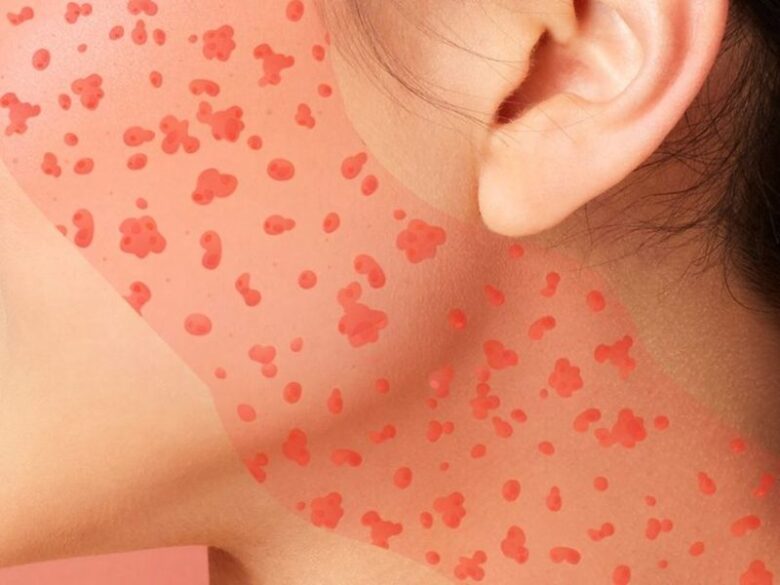Allergic reactions normally happen when our immune system responds with hypersensitivity to particular substances. These substances are known as allergens. Whenever allergens come into contact with an allergy sufferer’s body, they cause a reaction.
These allergy triggers include household dust, plant pollen, bee venom, and pet dander among others. When the body detects these substances, it assumes they’re harmful and act accordingly. The body’s immune system provides antibodies to fight off the “invasion.” And the affected person experiences nasty reactions.

Some allergies such as those triggered by pollen are seasonal. Pollen allergies are typically experienced in springtime. The symptoms range from mild to severe and may cause inflammation and irritation. Also, fever isn’t uncommon. The person may also experience itchy eyes, sneezing, wheezing, coughing, runny nose, and difficulty breathing.
But symptoms relating to food allergies are a little different. The affected person may have swollen lips, tongue, and face. Other symptoms include rectal bleeding, itchy mouth, stomach cramps, tingling in the mouth, diarrhea, and shortness of breath.
The most severe allergic reaction to food allergens is anaphylaxis, though. Anaphylaxis is life-threatening, and it affects the entire body. It causes breathing issues and may also impact one’s heart rate. It can also lead to a sharp drop in one’s blood pressure. This potentially dangerous reaction often happens within minutes of encountering a trigger.
What causes food allergies?

4% of adults and up to 6% of children experience food allergies. These numbers may seem small, but they’re huge considering America’s population is over 300 million.
Food allergies occur when the body’s immune system attacks food allergens, mainly proteins. The body manufactures its own proteins known as immunoglobulin E or IgE antibodies to counter the “attack.”
Any food can cause food allergy. According to the CDC, however, the following cluster of 8 items causes 90 percent of all food allergies. They include eggs, milk, peanut, wheat, soy, fish, tree nuts, and shellfish. Whenever you drink or ingest any of the foods, your body reacts by releasing antibodies. In the process, you’ll experience a reaction.
Allergies tend to run in families. Some studies have suggested that a child with a peanut allergy is likely to have siblings with this condition. However, it’s hard to predict whether future family members will have these reactions.
Treating Food Allergies

An allergist takes a sample of blood and tests it in the laboratory. They also do skin testing to confirm whether the patient is actually suffering from allergies. Lab analysis involves measuring the immune system’s response to various foods. Companies like Priority Lab Testing offer a comprehensive allergy panel.
Lab technicians must always take steps to ensure there’s sufficient food safety and laboratory sanitation before testing.
You can also conduct allergy tests at home. Many stores such as Weber Scientific have home allergy testing supplies on offer. Keep in mind that some food-related allergies can be very serious. You’ll want to have a specialist handle the tests in many cases.
Final Thoughts
Food allergies affect a significant portion of the American population. And they tend to be a family thing. But making predictions as to whether future progenies might get them is difficult.
It’s important to have an allergist test your skin and blood for food allergy. But you can also buy an in-home food allergy testing kit and do it yourself.


